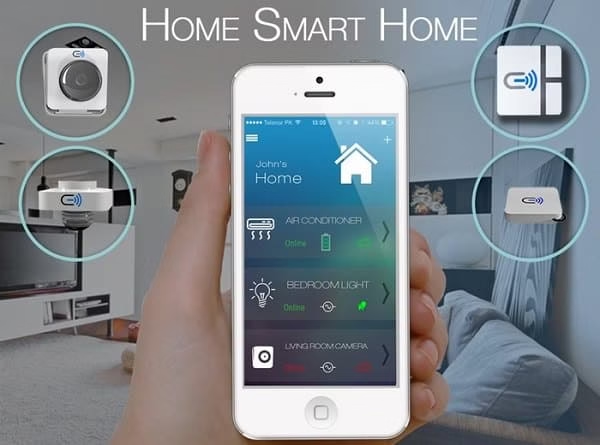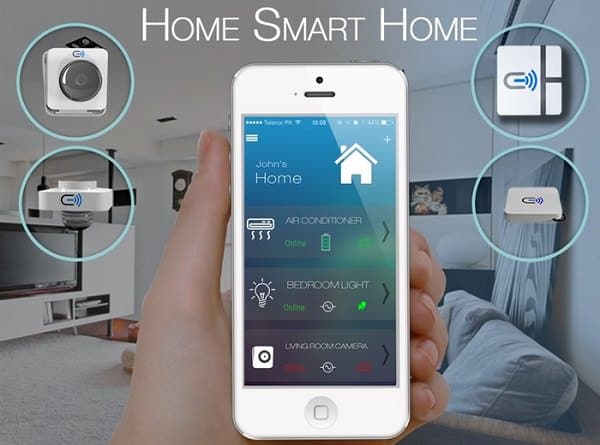
The idea of the “smart home” is nothing new. Take a quick trip back in time to any expo-style exhibit in the 1950s, and you’ll see depictions of homes featuring robotic maids, talking appliances, and every other imagined luxury that the future was sure to bring. Jump back to the future (today), and you may find a small group of smart-home owners across the U.S. that may actually enjoy such luxuries; yet for the most part, today’s residential homes are still much the same.
Recognizing Where Smart Home Benefits Are the Most Apparent
Part of the reason why you and many others have yet to see the advantages offered by home automation is because they are difficult to pinpoint individually. However, if viewed as part of collective collaboration at the community level, they become crystal clear. This is why so many within the residential technology industry believe that smart homes will never become the universal standard of living without being part of a larger smart community.
It may be almost impossible to tell just how much bang you’re getting for your home automation buck without having external data to compare it to. If you participate in a much larger connected community, you can compare elements such as your energy usage and your utility costs. Information can be shared between households to enact positive change, which then allows communities to optimize the use of their resources.
If this idea of shared access doesn’t seem all that foreign, it’s because it’s not. After all, you and your neighbors all draw energy from the same electrical grid and utilities from the same access lines. Why not go one step further and create a community network of smart technologies?
Using Community Demand to Control Home Automation Prices
Some will argue that it’s because of the price. That’s because the common perception of home automation systems is that they’re little more than expensive ways to dim lights, lock doors, and play music throughout the home. What’s lost in this assumption is their ability to help you optimize your energy efficiency. By focusing only on home automation features that allow you to control your heating, cooling, and electrical systems remotely, you get the main benefits of home automation at a fraction of the cost of more comprehensive system.
At the community level, these costs can often be offset by a slight increase in homeowners’ association fees. If you and the other members of your HOA can agree together to share the expenses of home automation services like those offered through Savant, then retrofitting the homes of your community with smart technologies becomes hardly an expense at all.
Also read: How to Control your House via Wi-Fi (Smart Home)
Taking a Look Into the Future
Taking this one step further, imagine the impact that could be had if home builders were to work in conjunction with tech providers to establish smart communities supported by these technologies. Not only could the installation costs be wrapped in the purchase price of a home, but also shared technologies within neighborhoods could take community customization to new heights. The possibility for advanced applications could be endless, such as:
- Street-by-street flash flood warnings based upon moisture sensor readings from basements
- Real-time weather forecasts pulled from micro-climate sensors
- Live traffic reports streamed to smartphones from geofences placed along local roadways
It’s said that it takes a village to raise a child. The same might be the case with home automation technology. Without homeowners being able to see all of the benefits that smart homes have to offer by way of comparison, few will ever find the incentive to upgrade. Yet, by communities banding together to retrofit their residences with shared technologies, or home builders partnering with tech companies to create whole communities supported by home automation, a mass shift to smart homes may happen a lot sooner than you may think.
Don’t miss: Infographic – The Smart Home of Future
